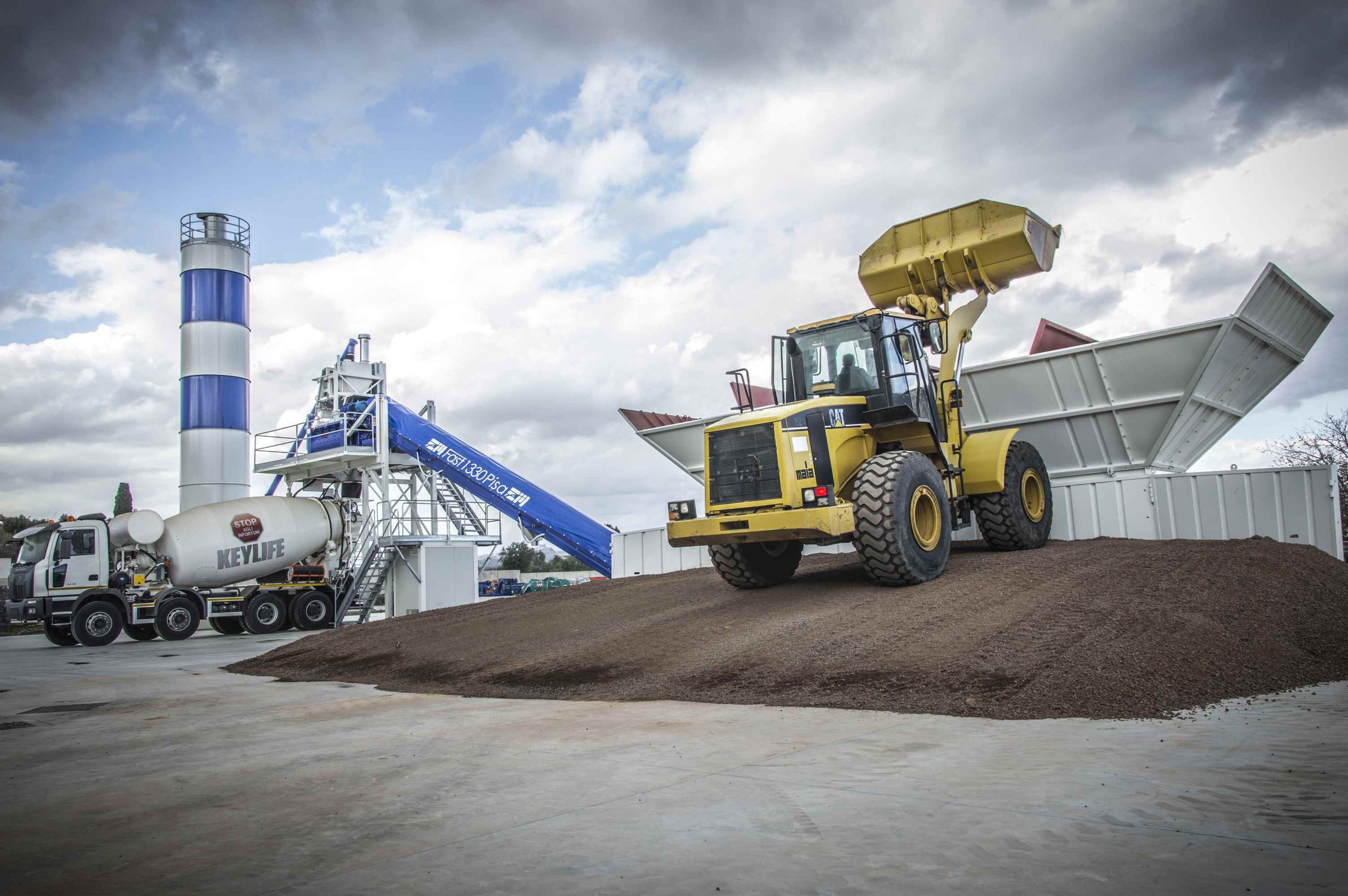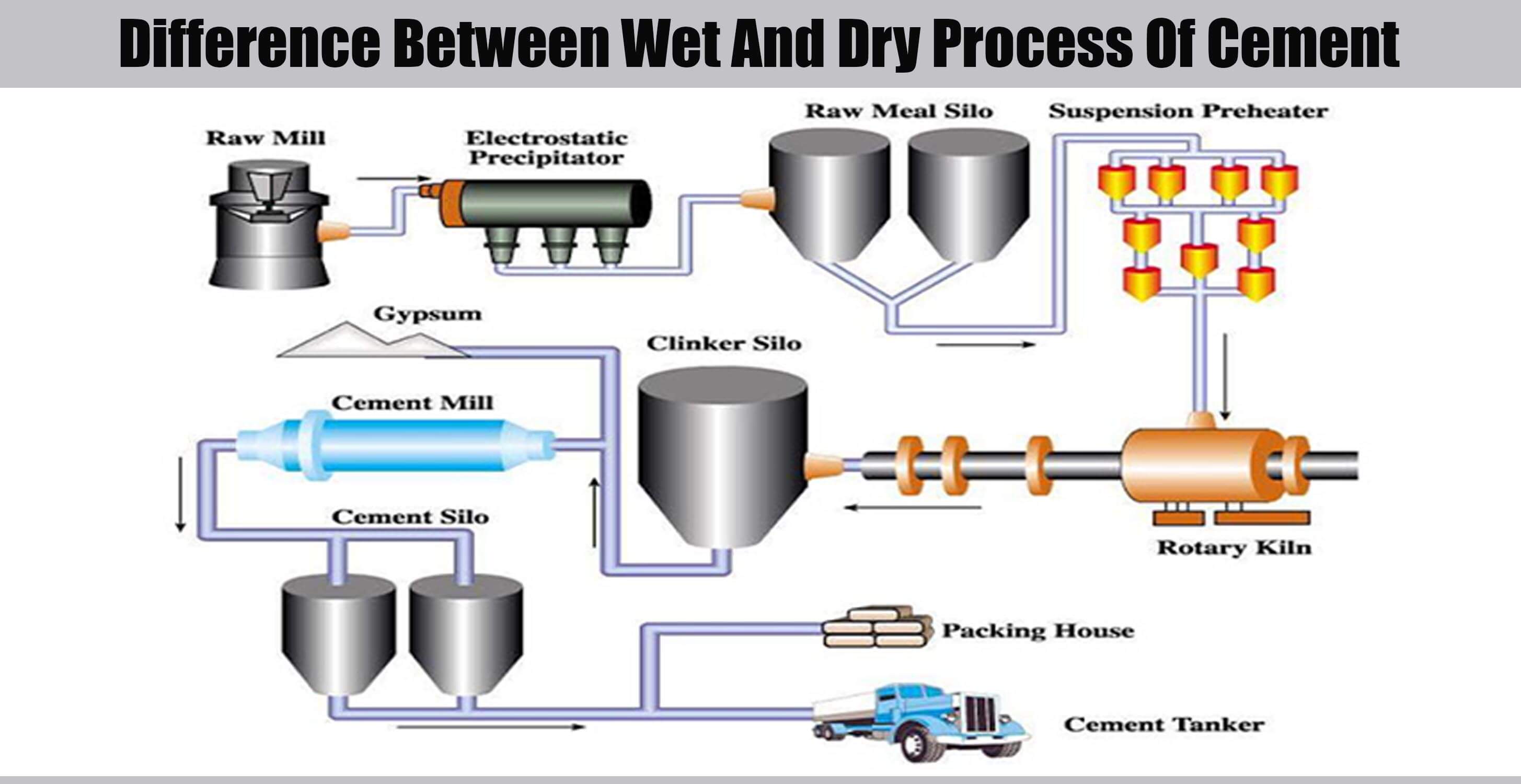Ever wondered how concrete, the backbone of modern construction, gets mixed? It’s not just some magical process – well, okay, maybe a little magical. But the real magic lies in the concrete batching plant, the unsung hero of every building project. And within this world of concrete creation, there’s a key decision to be made: wet or dry? This isn’t about the weather; we’re talking about the fundamental difference between wet and dry batching plants. So, what is the difference between wet and dry batching plant? Let’s dive in and uncover the secrets of these concrete powerhouses!
Imagine a construction site bustling with activity. Trucks rumble in, materials are loaded, and… voilà! Concrete appears. In some cases, this magic is performed by a dry batching plant. These plants operate on a simple principle: the dry ingredients (aggregates, cement, and other supplementary cementitious materials) are meticulously weighed and batched at the plant, then loaded into a truck mixer. The water, the final crucial ingredient, is added later – either during transit to the site or upon arrival. Think of it like a DIY concrete kit, where the mixing happens in the truck, not at the plant.
How Dry Batching Plants Work
The dry batching process is a well-choreographed dance of materials and machines. First, aggregates (sand, gravel, crushed stone) are weighed and dispensed into a holding area. Separately, cement and other dry materials are also carefully measured. These dry components are then transferred into the drum of a truck mixer. The truck then heads to the job site, and this is where the water is introduced. The rotating drum of the truck mixer becomes the mixing vessel, combining the dry ingredients and water to create concrete. It’s like a giant, mobile cement mixer!
Advantages of Dry Batching Plants
Dry batching plants offer several advantages, making them suitable for specific project needs. One of the biggest perks is their lower initial investment cost. They are generally cheaper to set up than wet batching plants, making them a budget-friendly option for smaller projects. Their portability is another major plus. Dry batching plants are often easier to relocate, which is a boon for projects that move from one location to another, like road construction. Dry batching also offers flexibility in mix design adjustments at the job site. If a slight tweak to the concrete mix is needed, it can often be done on-site with a dry batching plant. Finally, they are often preferred for remote locations or projects with lower concrete volumes where setting up a full-fledged wet batching plant might not be feasible.
Disadvantages of Dry Batching Plants
While dry batching plants have their strengths, they also come with some limitations. One key concern is less control over the mixing process. Because the mixing happens in the truck, there’s less oversight compared to a wet batching plant. This can lead to potential for inconsistent mix quality if the truck mixer operator isn’t experienced or if the mixing time isn’t carefully managed. Dry batching also puts a higher reliance on skilled truck mixer operators to ensure proper mixing. And let’s not forget the increased dust and environmental concerns at the batching site due to the handling of dry materials.
Applications of Dry Batching Plants
Dry batching plants find their niche in various applications. They are commonly used for road construction in remote areas, where portability is key. They also work well for small to medium-sized projects where the concrete volume isn’t massive. Any project requiring frequent relocation of the batching plant can benefit from the mobility of a dry batching setup.

Now, let’s step into the world of wet batching plants. These plants take a different approach to concrete production. Instead of mixing at the job site, the magic happens at the plant itself. All the ingredients, including water, are combined in a stationary mixer at the plant, producing a fully mixed batch of concrete. This concrete is then transported to the construction site in a transit mixer (an agitator truck) or, if the plant is on-site, it might be delivered directly to the pour location.
How Wet Batching Plants Work
The wet batching process is a streamlined operation designed for consistency and efficiency. Just like in dry batching, aggregates, cement, and other dry materials are meticulously weighed and dispensed. However, the crucial difference is that water is added at the plant. All the materials, including the water, are then mixed in a stationary mixer at the plant. This ensures a thorough and consistent mix. Once the concrete is ready, it’s discharged into a transit mixer (agitator truck), which keeps the concrete moving to prevent it from setting during transport. For projects where the wet batching plant is located directly on the construction site, the concrete may be transported by other means such as a conveyor or pump.
Advantages of Wet Batching Plants
Wet batching plants offer significant advantages, particularly when it comes to quality control. The precise control over the mixing process in a stationary mixer ensures a consistent and high-quality concrete mix. This is crucial for large-scale projects where uniformity is paramount. Wet batching plants also offer faster discharge rates compared to truck mixing, leading to increased efficiency. And because all the mixing happens at the plant, there are reduced dust and environmental concerns at the batching site.
Disadvantages of Wet Batching Plants
While wet batching plants excel in quality control, they do come with some trade-offs. The higher initial investment cost can be a barrier for smaller projects. Wet batching plants are also less portable and more difficult to relocate compared to their dry counterparts. This makes them less suitable for projects that move frequently. There is also less flexibility for on-site mix design adjustments. Any changes to the mix need to be made at the plant, not on the construction site. Finally, wet batching requires efficient logistics for transporting wet concrete. The concrete needs to be delivered to the site within a certain timeframe to prevent it from setting.
Applications of Wet Batching Plants
Wet batching plants are the workhorses of large-scale construction. They are ideal for large-scale construction projects where high volumes of concrete are needed. Projects demanding consistent concrete quality, like high-rise buildings or bridges, rely on wet batching. Wet batching plants are also essential for ready-mix concrete supply, providing concrete to various construction sites.

Wet Batching Plant vs Dry Batching Plant: A Head-to-Head Comparison
Now that we’ve explored the individual characteristics of wet and dry batching plants, let’s put them side-by-side in a detailed comparison. This will help you clearly see the key differences and make an informed decision for your next project.
| Feature | Wet Batching Plant | Dry Batching Plant |
|---|---|---|
| Mixing Location | At the plant, in a stationary mixer | In the truck mixer, during transit or on-site |
| Mix Quality Control | High, consistent mix quality | More variable, dependent on truck mixing |
| Initial Cost | Higher | Lower |
| Portability | Lower, more difficult to relocate | Higher, easier to relocate |
| Mixing Time | Faster discharge rates | Slower, dependent on truck mixing |
| Environmental Impact | Lower dust and environmental concerns at plant | Higher dust and environmental concerns at batching site |
| Labor Requirements | Requires skilled plant operators | Requires skilled truck mixer operators |
| Applications | Large-scale projects, high-quality concrete needs, ready-mix supply | Small to medium-sized projects, remote locations, frequent relocation |
Choosing the Right Batching Plant: Factors to Consider
Choosing between a wet and dry batching plant isn’t a one-size-fits-all decision. It’s crucial to consider several factors specific to your project.
- Project size and concrete volume: Larger projects with high concrete demands often favor wet batching plants due to their efficiency and consistent output. Smaller projects might find dry batching more economical.
- Concrete quality requirements: If your project demands very high and consistent concrete quality, a wet batching plant is the better choice.
- Project location and accessibility: Remote locations or projects requiring frequent relocation often benefit from the portability of dry batching plants.
- Budget constraints: Dry batching plants generally have a lower initial investment cost, making them attractive for projects with limited budgets.
- Availability of skilled labor: Both wet and dry batching require skilled operators, but the specific skill sets differ. Consider the availability of trained personnel in your area.
- Environmental regulations: If dust control is a major concern, wet batching plants generally offer better environmental control at the batching site.
- Timeline of the project: Consider the project timeline and the required concrete delivery schedule. Wet batching plants often offer faster discharge rates, which can be crucial for tight schedules.
Additional Considerations
Beyond the core differences, there are a few more aspects to consider when choosing a concrete batching plant.
Mobile vs. Stationary Batching Plants
Both wet and dry batching plants can be either mobile or stationary. Mobile plants are designed for easy relocation, while stationary plants are fixed in one location. The choice depends on the project’s needs and how often the plant needs to be moved.
Environmental Impact of Batching Plants
Concrete production can have environmental impacts, including dust generation and water usage. Modern batching plants incorporate measures to mitigate these impacts, such as dust suppression systems and water recycling.
Automation in Batching Plants
Automation plays an increasing role in modern batching plants, improving efficiency and accuracy. Automated systems can control everything from material weighing and mixing to concrete delivery.

Making the Right Choice
So, there you have it! The difference between wet and dry batching plants boils down to where the mixing happens. Wet batching offers high quality and consistency, while dry batching offers flexibility and portability. Choosing the right type of plant is a critical decision that can significantly impact your project’s success. Carefully consider the factors outlined in this article and consult with concrete experts to make the best choice for your specific needs. Don’t leave it to chance – your project deserves the perfect concrete solution!
Frequently Asked Questions about Wet and Dry Batching Plants
Here are some frequently asked questions to further clarify the differences between wet and dry batching plants:
- What is the cost difference between wet and dry batching plants? Dry batching plants typically have a lower initial investment cost compared to wet batching plants.
- Which type of plant is better for cold weather concreting? Both types can be adapted for cold weather concreting, but special precautions need to be taken in both cases.
- How is the slump controlled in wet and dry batching? Slump, a measure of concrete consistency, is controlled by adjusting the water-cement ratio. In wet batching, this is done at the plant. In dry batching, it’s typically adjusted at the job site when water is added.
- What are the maintenance requirements for each type of plant? Both types of plants require regular maintenance, but the specific tasks may differ. Consult with the plant manufacturer for detailed maintenance schedules.